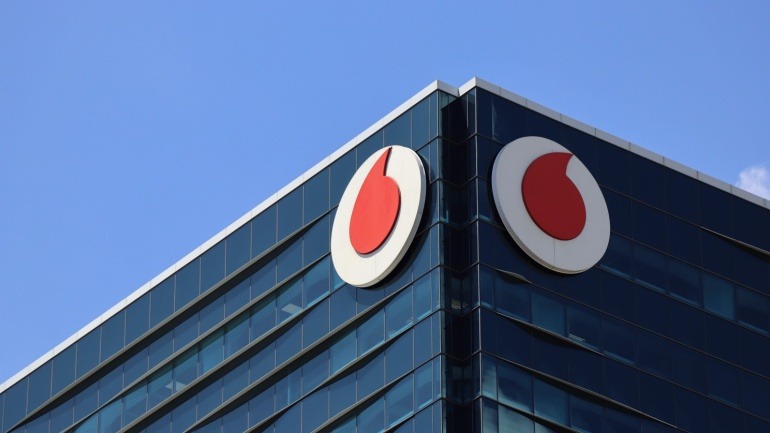Australia’s leading telecommunications company, Telstra, recently confirmed an acquisition of the local operation of small cell provider Dense Air, aiming to put the latter’s 2600-MHz spectrum into use in its mobile network. Financial details of the transaction remain undisclosed, alongside the exact timing of the operation.
The acquisition, though undisclosed publicly, slipped out in a regulatory document filed by One New Zealand, announcing its plan to grab Dense Air’s Kiwi business. For Telstra, this transaction seems to be a substantial move to redeem the loss incurred from a failed partnership plan with TPG, blocked by the Australian Competition Tribunal (ACT) earlier this summer.
The thwarted deal, regarded as a critical harm to competition and anticipated to leave Australian mobile users with worse regional coverage and escalating prices, was poised for Telstra to enhance its 4G and 5G networks with TPG’s spectrum and some of its sites. Its rejection was applauded by rival Optus, which had opposed the deal, claiming it would entrench Telstra’s dominance and undermine its own investment plan for regional network deployment.
Perhaps the undisclosed nature of Telstra’s Dense Air acquisition was driven by an intention to evade extreme scrutiny from strategic rivals, such as Optus, but this remains purely speculative.
In contrast, Dense Air’s exit from New Zealand and now Australia seems to have been a reversal of strategy since Sidewalk Infrastructure Partners (SIP) took the stage. Just two years ago, Dense Air spent nearly A$30 million in Australia’s millimetre-wave (mmWave) auction, securing 26-GHz spectrum in Sydney and Melbourne, in addition to the A$18.5 million it spent in 2018 on 3.6-GHz licenses in several major cities.
The frequencies were earmarked to fortify its neutral host service, enabling telecommunication companies to operate shared infrastructure to manage notspots and enhance capacity in challenging environments. The company seemed prepped to escalate its service in August 2021, when it agreed to acquire TPG’s 2600-MHz spectrum in exchange for those aforementioned 3.6-GHz frequencies.
The deal was beneficial for both parties, enabling TPG to bolster its 3.6-GHz holdings and providing Dense Air with the nationwide spectrum needed to supersize its neutral host operation. However, the Dense Air takeover by SIP seems to have stalled Dense Air’s foray into the Asia-Pacific region.
As a result, Telstra has emerged as the significant beneficiary, gaining access to a valuable slice of additional spectrum. With this new acquisition, Telstra continues to further its plans for spectrum and network expansion across Australia.







